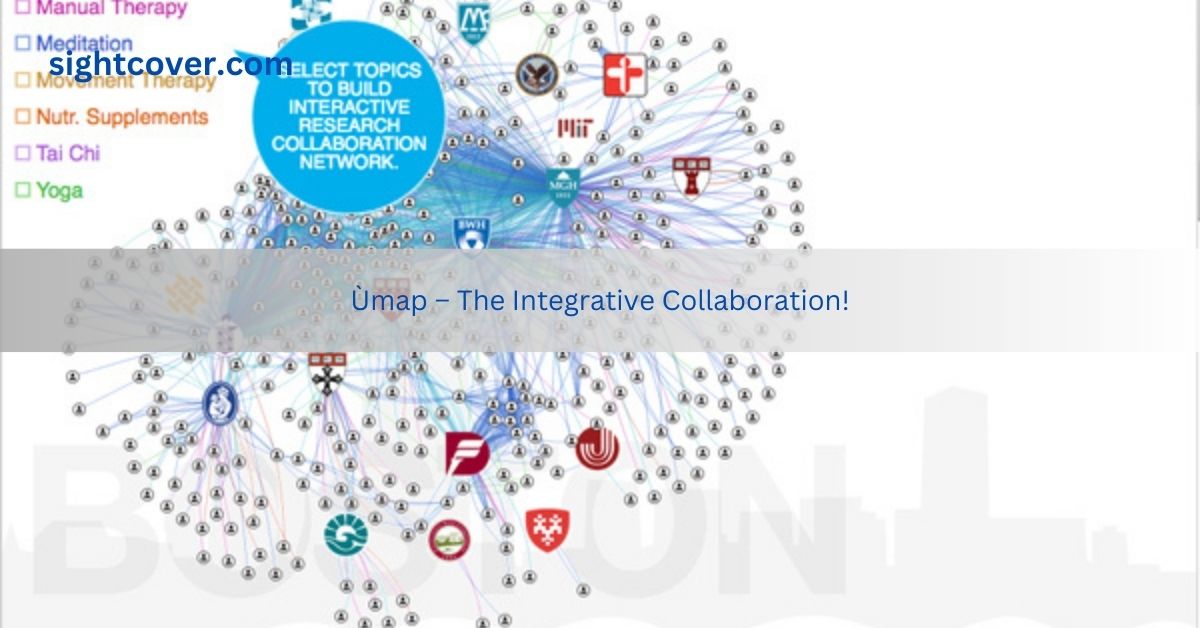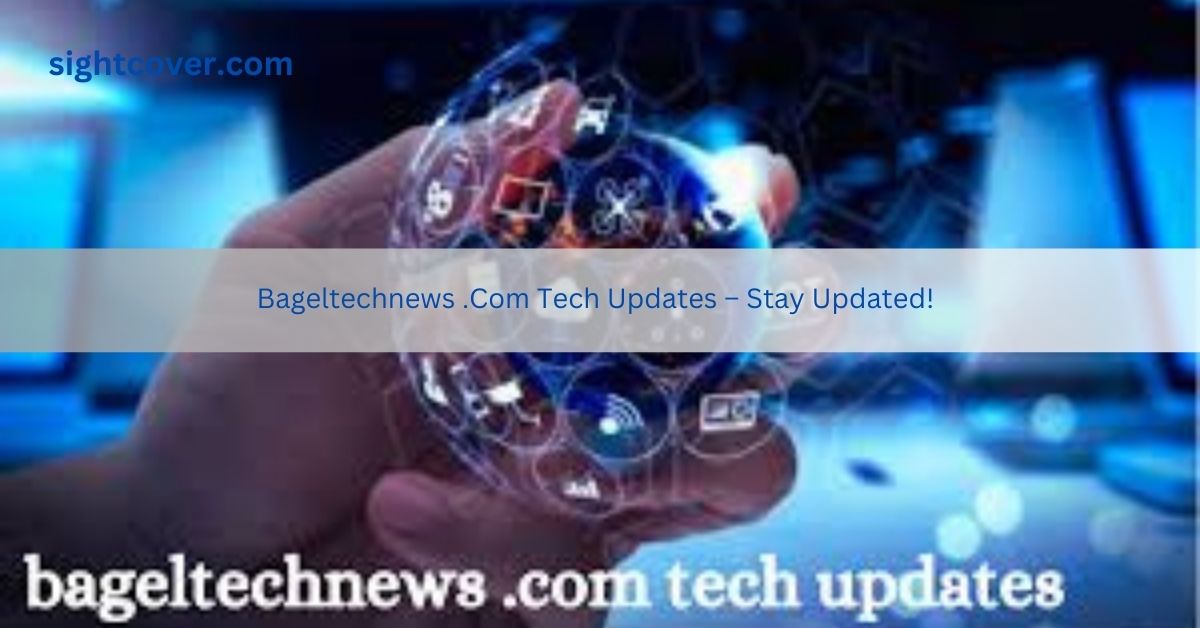Imagine a world where creating and sharing personalized maps is as easy as a few clicks. Welcome to Ùmap, the revolutionary open-source platform that transforms anyone into a skilled cartographer, no matter their experience level.
Ùmap is an innovative open-source mapping platform that allows users of all skill levels to create, customize, and share maps effortlessly. It combines creativity and accuracy, making advanced cartography accessible to everyone.
The Customized Collaboration Of Ùmap – Explore Now!
Ùmap stands out with its user-centric design, making map creation simple and accessible for everyone. Whether you’re a beginner or an experienced cartographer, Ùmap offers intuitive tools to customize your maps to reflect your unique vision. With just a few clicks, you can add points of interest, draw routes, and layer data to make your map informative and visually appealing.
Moreover, collaboration is at the heart of Ùmap. You can easily share your maps, allowing for real-time collaboration and feedback. This makes it perfect for group projects, community planning, and educational purposes. Integrating user-friendly features and promoting teamwork, Ùmap transforms the map-making process into a dynamic and engaging experience. Explore today and see how Ùmap can bring your mapping ideas to life!
Some Innovative Applications And Uses Of Ùmap – Dive Into The Uses!
Ùmap is not just a tool for creating maps; it’s a versatile platform with countless innovative applications. For educators, Ùmap offers an engaging way to teach geography, history, and environmental science. Teachers can create interactive maps that help students visualize and better understand complex topics, making learning more dynamic and enjoyable.
For community organizers and urban planners, Ùmap is invaluable. It allows for the easy visualization of projects, helping to plan events, track developments, and share progress with stakeholders. Businesses can also use Ùmap to analyze market trends, visualize customer data, and optimize logistics.
Travel enthusiasts and adventurers can document their journeys, mapping out routes and highlighting points of interest. This makes it easy to share travel experiences with friends and fellow travelers. With Ùmap, the possibilities are endless – dive into its uses and discover how it can benefit your projects and passions!
Easy To Use Interface Of Ùmap – The User Friendly Layout!
Ùmap’s interface is designed with simplicity in mind, ensuring that users of all skill levels can easily navigate and create maps. The clean, intuitive layout guides you through each step, from adding data points to customizing the appearance of your map. With clearly labeled tools and helpful prompts, you’ll find everything you need right at your fingertips.
Moreover, Ùmap’s drag-and-drop functionality makes it easy to position elements exactly where you want them. The process is seamless and straightforward, whether adding markers, drawing paths, or layering different data types. This user-friendly design eliminates the frustration often associated with complex mapping software, allowing you to focus on bringing your ideas to life.
Additionally, Ùmap offers tutorials and tips directly within the platform, ensuring you always have support when needed. This thoughtful design makes mapping accessible and enjoyable, empowering you to create professional-quality maps without experience. Explore Ùmap’s user-friendly layout and see how easy and fun map-making can be!
Types Of Ùmap!
Virtual And Augmented Reality Maps:
Ùmap is at the forefront of mapping technology, offering virtual and augmented reality map options. These innovative maps allow users to experience environments in immersive 3D, bringing a new dimension to data visualization and spatial understanding. Whether planning a city layout, designing a theme park, or exploring historical sites, VR and AR maps created with Ùmap provide a rich, interactive experience beyond traditional flat maps.
Interactive Web Ùmap:
Interactive web maps are a crucial feature of Ùmap, enabling users to create maps that can be explored and interacted with online. These maps are perfect for websites, blogs, and social media, allowing you to share detailed geographic information engagingly. With features like clickable markers, pop-up information boxes, and real-time data updates, interactive web maps make it easy to communicate complex information clearly and effectively to a broad audience.
Geographic Information System:
Ùmap integrates Geographic Information System (GIS) capabilities, providing powerful tools for analyzing and visualizing spatial data. GIS maps created with Ùmap can handle large datasets, offering insights into patterns and trends crucial for research, urban planning, environmental monitoring, and more. Its advanced GIS features, Ùmap, allow users to perform sophisticated spatial analysis, making it an invaluable resource for professionals and academics.
The Educational Uses Of Ùmap – Use In The Field Of Study!
Ùmap is a powerful tool for educators, offering numerous applications across various fields of study. In geography and social studies, teachers can create interactive maps that bring lessons to life. Students can explore different regions, analyze demographic data, and visualize historical events in a way that is engaging and easy to understand. This hands-on approach helps students better understand complex concepts and encourages active learning.
In environmental science, Ùmap can be used to track changes in ecosystems, monitor wildlife populations, and visualize the impact of climate change. Students can conduct their research projects by integrating real-time data and satellite imagery, gaining valuable data analysis and interpretation skills. Ùmap’s collaborative features also allow students to work together on group projects, fostering teamwork and communication skills.
Some Challenges And Limitations In The Way Of Ùmap – Must Keep In Mind!
- Data Accuracy and Quality: The accuracy of maps created with Ùmap heavily relies on the quality of the underlying data. Inaccurate or outdated data can lead to misleading maps and analyses. Users must ensure they have access to reliable data sources and regularly update their information to maintain accuracy.
- Learning Curve: Despite its user-friendly interface, mastering all of Ùmap’s features may require time and effort, especially for users new to mapping technologies. Tutorials and support resources are available, but users should be prepared to invest time in learning how to utilize the platform effectively.
- Technical Requirements: Creating complex maps or handling large datasets may require adequate computing resources and internet bandwidth. Users with older hardware or slower internet connections may experience performance issues when working with extensive data or utilizing advanced features.
- Privacy and Security Concerns: When sharing maps and data on Ùmap, users must be mindful of privacy and security implications. Additional measures may be needed to protect data integrity and user privacy, depending on the sensitivity of the information being shared.
- Integration and Compatibility: Ùmap integrates with various data formats and tools, but compatibility issues may arise when importing or exporting data from other software or systems. Users should ensure compatibility and seamless integration to avoid data loss or formatting errors.
The Future Trends Associated With Ùmap – What Is Ahead!
Advancements in AI and Machine Learning:
As AI and machine learning technologies advance, Ùmap will likely incorporate more intelligent features. This could include automated data analysis, predictive mapping algorithms, and enhanced customization based on user preferences and behaviors.
Integration with IoT and Real-Time Data: T
The Internet of Things (IoT) transforms data collection and utilization. Ùmap is expected to integrate more seamlessly with IoT devices, allowing real-time data updates and dynamic mapping applications in smart cities, environmental monitoring, and transportation logistics.
Enhanced Virtual and Augmented Reality Experiences:
The demand for immersive experiences continues to grow. Ùmap may strengthen its virtual and augmented reality capabilities, offering users more interactive and realistic mapping experiences for education, tourism, and urban planning.
Focus on Sustainability and Climate Change:
With increasing global concerns about sustainability and climate change, Ùmap could play a pivotal role in visualizing environmental data, tracking biodiversity, and planning resilient communities. It may incorporate new tools and datasets to support these critical initiatives.
Expansion of Collaborative and Open-Source Initiatives:
Ùmap’s collaborative nature will likely expand further, fostering global partnerships and community-driven projects. Open-source developments may accelerate, allowing more customization and innovation within the mapping community.
Frequently Asked Questions:
Is Ùmap suitable for businesses?
Absolutely! Businesses can use Ùmap for market analysis, logistics planning, and more.
Does Ùmap support real-time data updates?
Yes, you can integrate real-time data for dynamic map updates with Ùmap.
Is Ùmap free to use?
Yes, Ùmap is open-source and free for anyone to use and customize.
Can I collaborate with others on Ùmap?
Definitely! Ùmap allows real-time collaboration for group projects and community mapping.
Conclusion:
Ùmap is an innovative open-source mapping platform that allows users to create, customize, and share maps online. It’s designed to be user-friendly, making map creation accessible to everyone regardless of their experience level.


